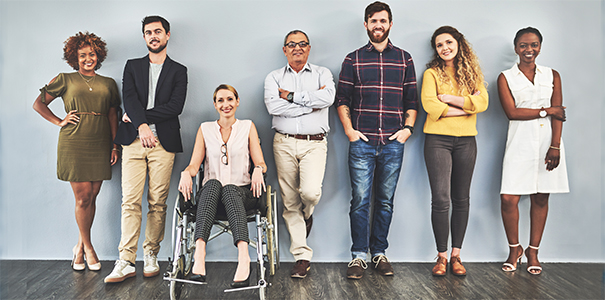According to the Centers for Disease Control and Prevention, one in four adults in the United States live with some type of disability that impacts major life activities. Challenges with mobility, cognition, hearing, vision, independent living or self-care make it difficult for people with disabilities to access adequate health care, actively participate in their communities and gain employment in the workplace, all of which have a negative effect on their quality of life.
Many experts consider persons with disabilities the most marginalized group in society. It’s not only the largest minority group in the United States, but also one that anyone can join at any time — at birth or as the result of an accident, illness or the natural aging process.
The Americans with Disabilities Act (ADA) was passed 33 years ago this month, on July 26, 1990. Among other things, the law made it illegal to discriminate against individuals with disabilities in all areas of public life, ensuring they have the same rights and opportunities as everyone else. While much progress has been made over the past 30-plus years, many argue it's not enough as people with disabilities remain overrepresented among America’s poor and uneducated. It’s a disparity with far-reaching implications as chances are you either are someone living with a disability or know someone who is.


